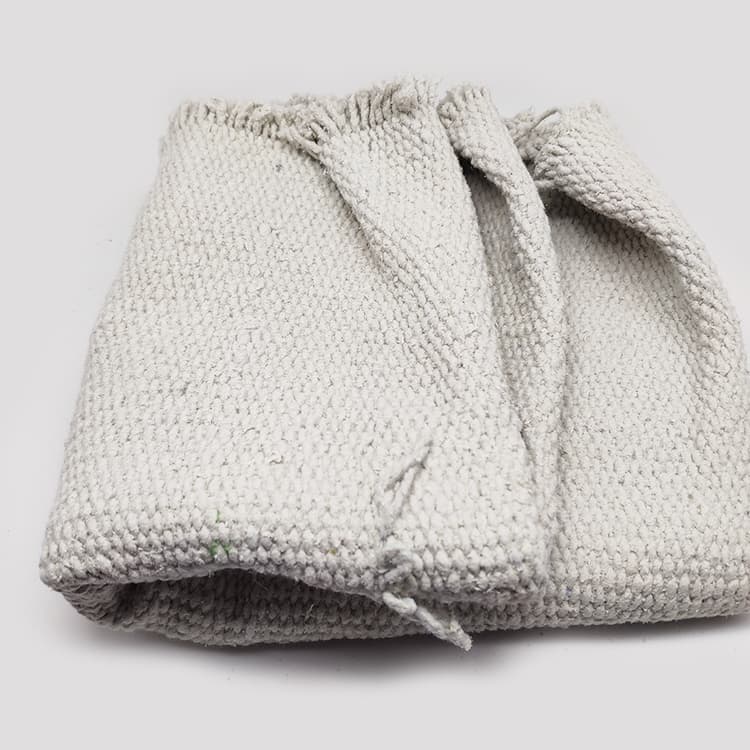Dust-free asbestos cloth is a special asbestos product. It is highly fire-resistant, heat-insulating, and strong. It has extensive applications in construction, machinery, petroleum, chemical, and other fields. The following is a detailed description of the standard:
I. Definition and Classification
 Manufacturers make dust-free asbestos cloth from high-quality white asbestos. We process the fibers by selecting, washing, drying, and combing them. You can divide them into types based on specifications and uses. These include thickness, density, and fire-resistance grades.
Manufacturers make dust-free asbestos cloth from high-quality white asbestos. We process the fibers by selecting, washing, drying, and combing them. You can divide them into types based on specifications and uses. These include thickness, density, and fire-resistance grades.
II. Only manufacturers may use high-quality white asbestos as a raw material.
1. No one may use asbestos with harmful substances. Also, the raw material must meet relevant standards. These include environmental and radioactive regulations.
2. Appearance requirements: The surface must be clean, smooth, and flat. It should have no obvious impurities, cracks, or color differences. Meanwhile, the fabric should have an even distribution of fibers. There should be no obvious sparse or dense areas.
3. Physical performance requirements: It must have mechanical strength, heat insulation, and fire resistance.
Specifically, it should meet the following requirements:
(1) It should have a certain tensile strength. It must resist certain external forces. Generally speaking, the tensile strength should not be less than 200 MPa.
(2) Compressive strength: It must have a certain strength. It should maintain its shape under pressure. Generally speaking, the compressive strength should not be less than 150 MPa.
(3) Heat insulation performance: It must prevent heat transfer effectively. Generally speaking, the thermal conductivity should not be greater than 0.25 W/(m·K).
(4) Fire resistance: It must resist fire and stay stable at high temperatures. Generally speaking, the fire resistance grade should reach level 3 or above.
4. Safety performance requirements: It must meet fire and electrical resistance standards.
Specifically, it should meet the following requirements:
It should have good fire resistance. It must withstand a fire for a certain time. Generally speaking, the fire resistance grade should reach B1 or above.
(2) Electrical resistance performance: It must resist electric sparks to prevent fires. Generally speaking, the electrical resistance grade should reach II or above.
5. Environmental protection requirements: It must meet relevant standards, including environmental and radioactive ones. Specifically, it should meet these requirements:
The production and use must meet national environmental standards. They must not harm human health or the environment.
(2) Radioactive standards: Radioactivity must meet national standards. It should not harm human health.
III. Inspection methods
1. Appearance inspection: Check the surface for impurities, cracks, and color differences. Ensure that you distribute the fabric fibers evenly.
2. Dimension inspection: Measure the dimensions to check if they meet the standard requirements.
3. Inspect physical properties. Test indicators such as tensile strength, compressive strength, thermal conductivity, and fire resistance.
4. Safety performance inspection: Use tests to find safety indicators. They include fire resistance and electrical insulation.
5. Inspect environmental performance: Test asbestos-free fabric for harmful substances and radioactivity.
 Hongwo Thermal Insulation Material
Hongwo Thermal Insulation Material

